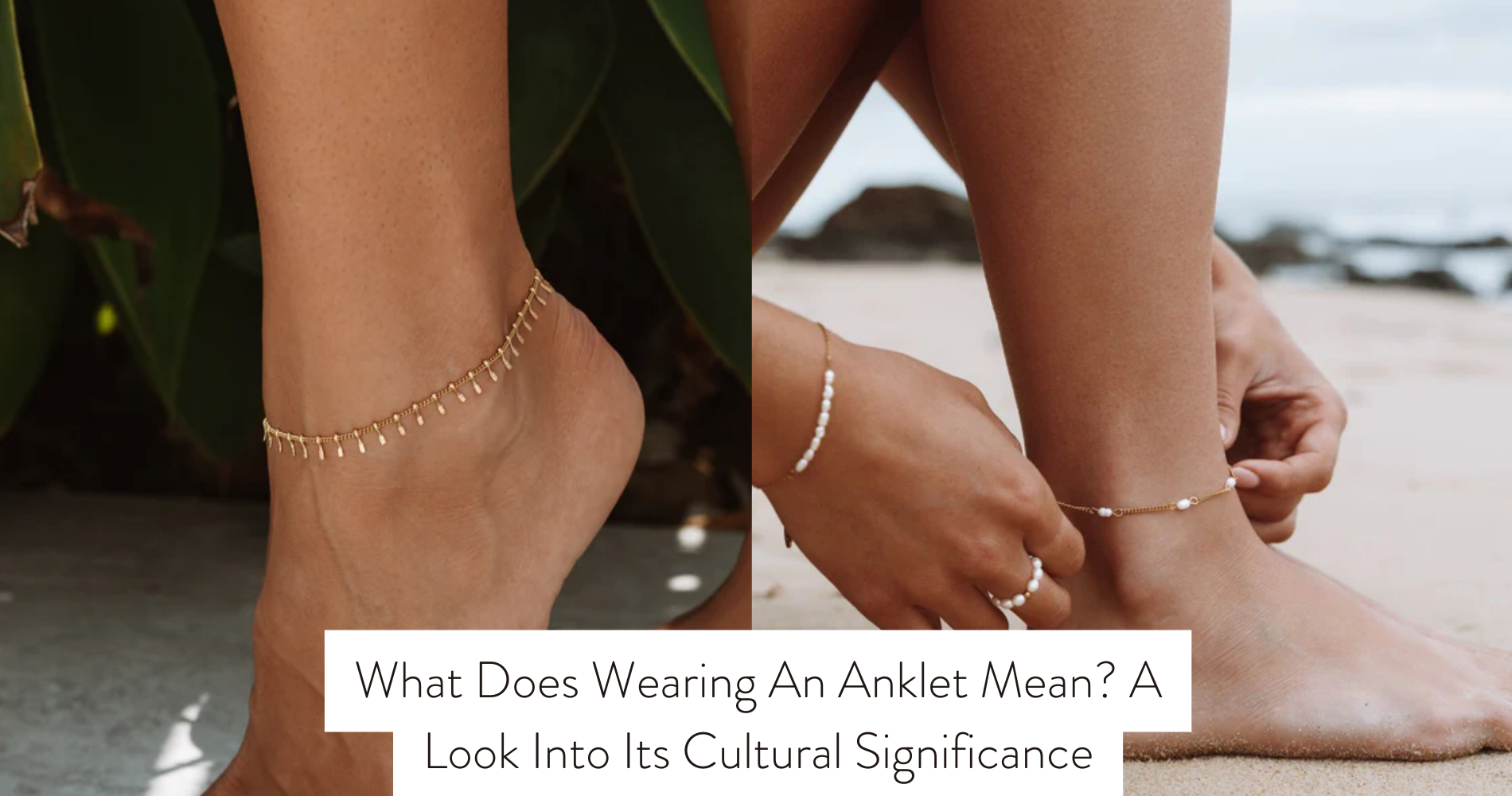
What Does Wearing An Anklet Mean? A Look Into Its Cultural Significance
Historical Origins of Anklets
Anklets have a rich historical background, with their origins dating back to ancient civilizations. Throughout history, anklets have evolved in terms of materials and styles, reflecting the changing fashion trends and cultural practices of different societies.
In ancient Egypt, for example, anklets were made from precious metals such as gold and silver, adorned with intricate designs and gemstones. In India, anklets, known as 'payals,' were traditionally made from silver or gold and featured delicate bells that produced a melodious sound as the wearer walked.
The evolution of anklet materials and styles has also been influenced by gender roles and societal expectations. In many cultures, anklets were primarily worn by women as a symbol of femininity and beauty. They were often associated with marriage and served as a way for women to showcase their marital status. However, in some cultures, men also wore anklets as a symbol of power and status.
Throughout history, anklets have played a significant role in various cultures, reflecting the values, traditions, and social dynamics of the time. In contemporary times, anklets persist as favored adornments valued for both their aesthetic charm and cultural or personal meaning. Whether adorned with a straightforward chain or a more intricate design, these accessories remain beloved for their connection to history and enduring beauty. Explore this timeless trend with the elegance of a freshwater pearls anklet, seamlessly combining tradition and modern allure.

Anklets in Different Cultures and Traditions
As you explore the cultural significance of wearing an anklet, it's important to delve into the diverse traditions and customs associated with anklets in different cultures. Anklets hold a special place in many societies, serving as a symbol of spiritual beliefs and playing a role in ritualistic practices.
In Indian culture, anklets, also known as 'payals' or 'pajeb,' are considered auspicious and are often worn by married women. They're believed to bring good luck and protect against evil spirits. In some regions of India, anklets are adorned with small bells that create a soothing sound, which is believed to ward off negative energies.

In ancient Egypt, anklets were worn by both men and women as a symbol of wealth and status. These anklets were often made of precious metals and adorned with gemstones. They were also associated with religious ceremonies and were worn during rituals to honor the gods.
In African cultures, anklets are commonly worn by women as a form of self-expression and adornment. They're often made of colorful beads and shells, reflecting the vibrant culture and traditions of the community. Anklets may also be worn during ceremonial dances and rituals, adding to the rhythmic movements and enhancing the overall cultural experience.
Across various cultures and traditions, anklets serve as a way to connect with one's spirituality and participate in ritualistic practices. Whether it's for protection, prosperity, or self-expression, these beautiful adornments continue to hold a significant place in the hearts and traditions of people around the world.
Symbolism and Meanings Behind Anklet Designs
When choosing an anklet, it's important to consider the symbolism and meanings associated with different designs. Anklets have long been believed to hold spiritual significance and possess healing properties. Many anklet designs are deeply rooted in ancient traditions and cultures, each carrying its own unique symbolism.
For example, anklets adorned with charms or symbols like feathers, shells, or dreamcatchers are often associated with spirituality and protection. Feathers symbolize freedom and spiritual growth, while shells represent the ocean and its cleansing and healing powers. Dreamcatchers are believed to ward off negative energy and bad dreams.

Certain gemstones and crystals are also commonly incorporated into anklet designs for their healing properties. For instance, amethyst is known for its ability to promote calmness and balance, while turquoise is believed to bring protection and good fortune. Additionally, the red string anklet, often associated with Kabbalah, is believed to ward off evil and bring luck and protection.
Contemporary Trends and Fashion Statements With Anklets
To keep up with the latest trends and make a fashion statement, consider incorporating anklets into your accessory collection. Anklets have become increasingly popular in contemporary styles, with celebrities often seen rocking them on red carpets and in their everyday outfits. These stylish accessories add a touch of glamour and uniqueness to any look.
Celebrities like Rihanna, Beyoncé, and Kendall Jenner have been spotted wearing anklets, showcasing their fashion-forward sense and influencing trends. They've taken the anklet from its traditional roots and transformed it into a modern and chic accessory. Whether it's a delicate chain anklet or a bold statement piece with charms and beads, there are endless options to choose from to suit your personal style.
Contemporary anklets come in various materials, such as gold, silver, and even leather, allowing you to mix and match with your other jewelry. You can wear them on their own for a subtle and minimalist look or layer them with other bracelets and bangles for a more bohemian and eclectic vibe.
Personal Interpretations and Experiences With Anklets
One common interpretation of wearing anklets is that they signify a sense of personal style and individuality. Many people choose to wear anklets as a way to express their unique fashion choices and add a touch of personality to their outfits. Personal experiences play a significant role in shaping the meaning behind wearing anklets. For some, it may remind them of a special vacation or a cherished memory. Others may wear anklets as a form of self-expression, using different designs and materials to reflect their interests and passions. Some individuals may find comfort and confidence in wearing anklets, feeling that it completes their overall look and adds a stylish flair to their appearance.
Furthermore, anklets can also symbolize a sense of freedom and liberation. By choosing to wear an anklet, individuals may feel empowered to embrace their own fashion sense and break away from societal norms. It becomes a personal statement, showcasing a person's willingness to express themselves authentically.
Frequently Asked Questions
How Do Anklets Vary in Design Across Different Cultures?
Anklets have evolved in design across cultures, reflecting the symbolism attached to them. From delicate chains to intricate charms, they represent beauty, status, spirituality, and protection, showcasing the rich diversity of cultural expressions.
Are Anklets Only Worn by Women, or Do Men Also Wear Them?
Anklets can be worn by both men and women, but societal expectations and gender norms often influence clothing choices. Exploring the historical significance of jewelry can shed light on the role of anklets in different cultures and time periods.
What Materials Are Commonly Used to Make Anklets?
For different occasions, anklets are made from various materials. In modern fashion, popular designs include gold, silver, and beaded anklets. They add a stylish touch to your outfit and can be worn by both men and women.
Can Wearing an Anklet Have Any Negative Connotations or Meanings?
Wearing an anklet can have negative connotations and cultural taboos. These can vary depending on the culture, but some may view it as a symbol of promiscuity or infidelity.
Are There Any Specific Rituals or Ceremonies Associated With the Wearing of Anklets in Certain Cultures?
Rituals and ceremonies are associated with anklets in different cultures. They hold symbolic meanings and are considered a form of self-expression and adornment. Different traditions attribute different significance to the act of wearing anklets.
Conclusion
So, if you've ever wondered about the cultural significance of wearing an anklet, now you know that it has a rich history and holds different meanings in various cultures.
From being a symbol of marital status or fertility to a fashion statement and personal expression, anklets have evolved over time.
Whether you choose to wear one for its traditional symbolism or simply for style, anklets can add a touch of charm and individuality to your overall look.




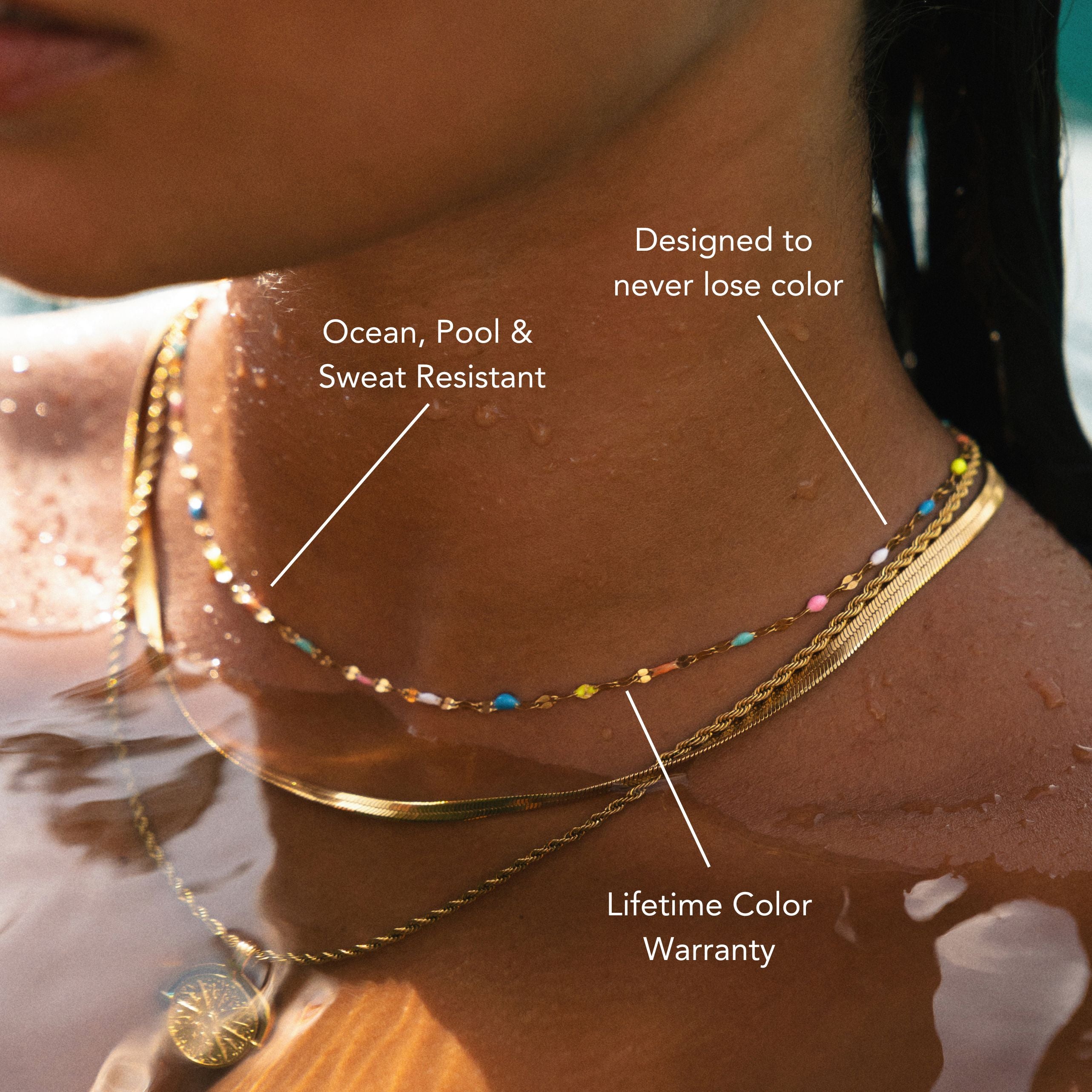
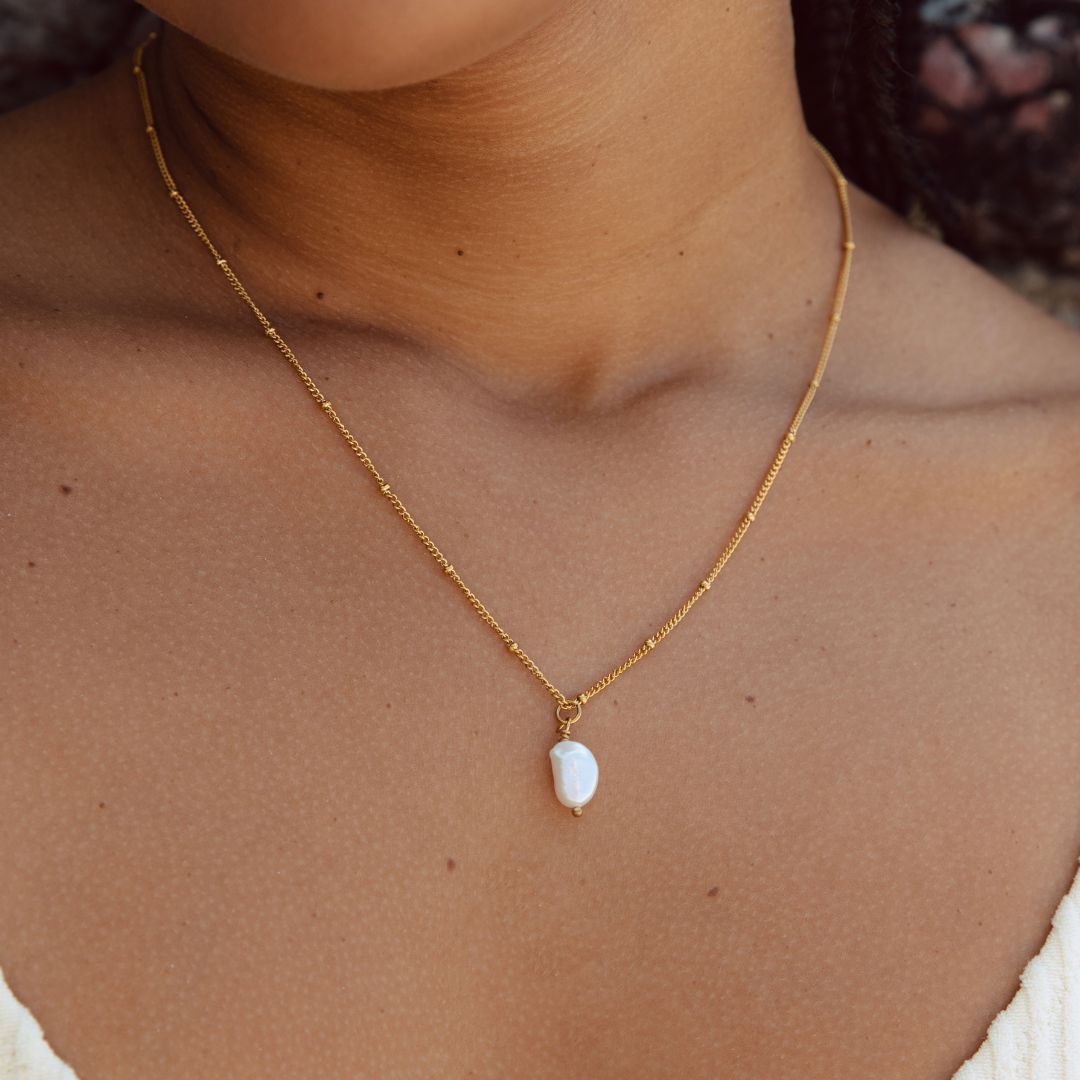

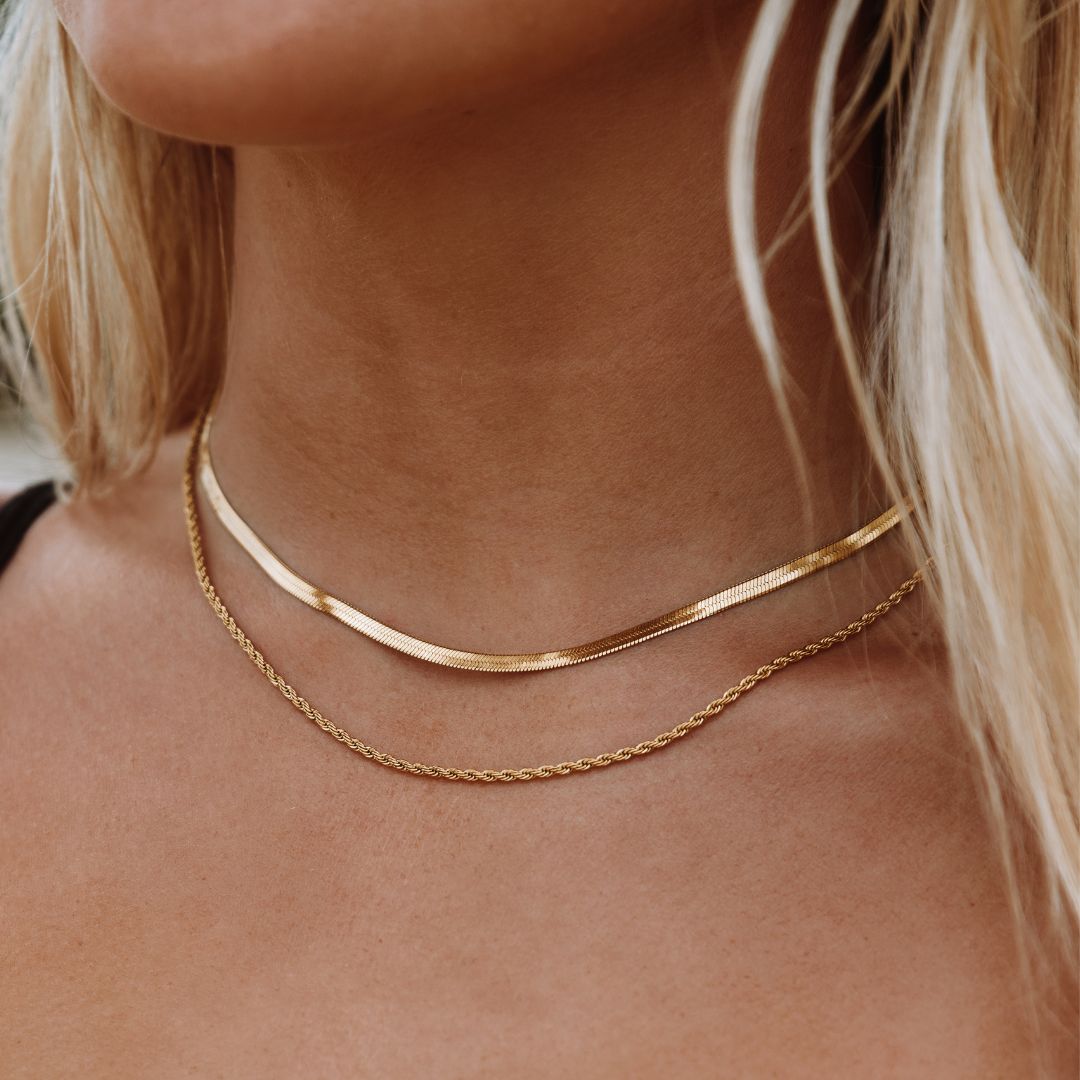






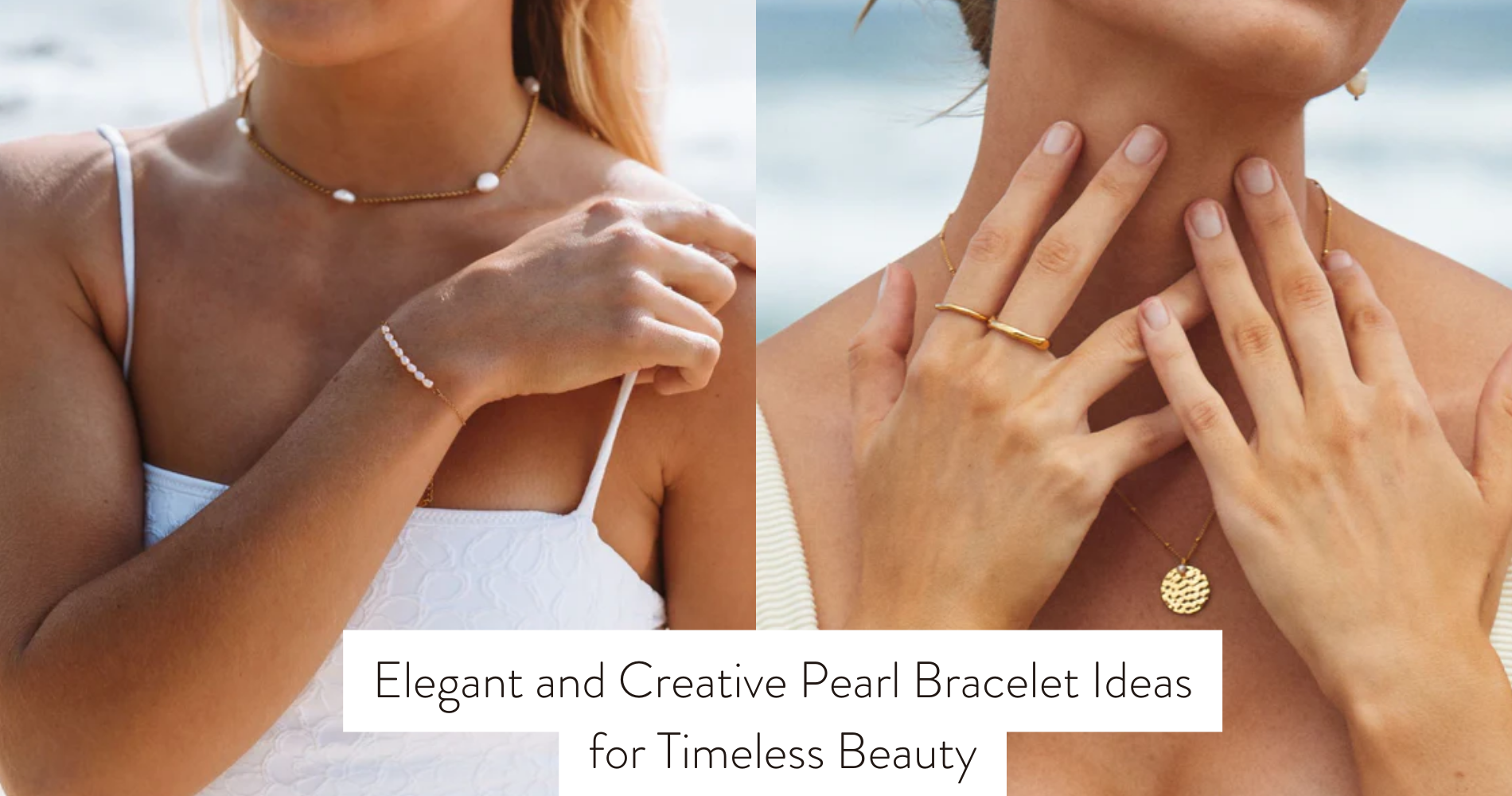




Leave a comment
This site is protected by hCaptcha and the hCaptcha Privacy Policy and Terms of Service apply.